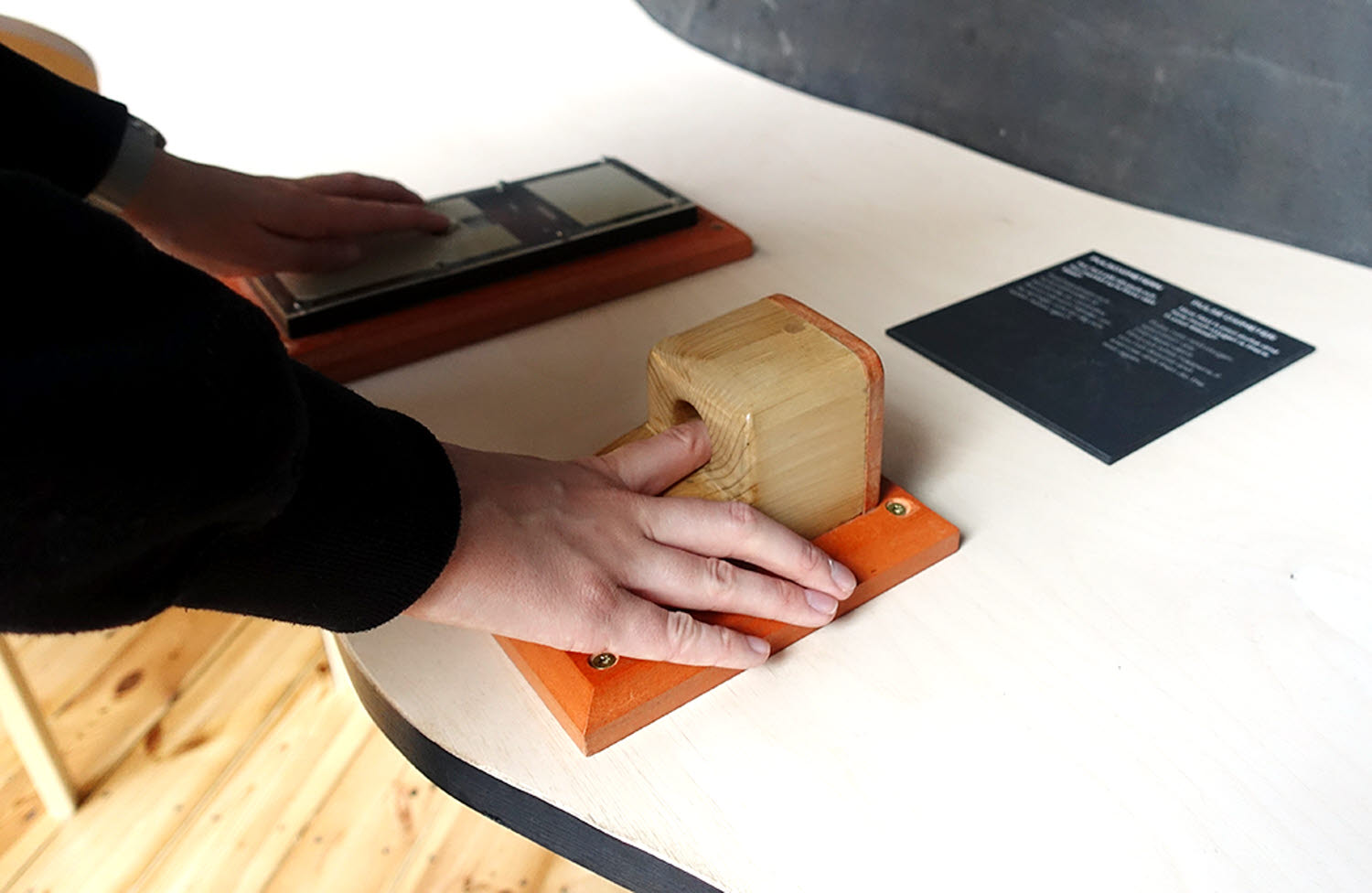
Pulsoximeter
Investigate how fast your pulse is beating and how much oxygen there is in your blood. The amount of oxygen in the blood is usually over 90 percent if you're healthy. Pulse rate and oxygen saturation are interdependent. What happens if you run around and exercise and then do the test again?
Pulse oximeters are used to monitor patients to see the amount of oxygen (saturation) in their blood. They are often used aviation to reduce the risk of accidents and check when the pressure must be compensated.
Athletes use them when they prepare for major events at high altitudes. Most often, these athletes are long-distance runners and cross-country skiers, sports that require endurance. When athletes train at high altitudes where the air is thin, more red blood cells are formed in the bone marrow to compensate for the low levels of oxygen in the air. It is also possible to create artificial high altitude training by lowering air pressure using air pumps.
Pulse oximeters can be placed on the ear, toes, nose or – most commonly – a finger. Pulse oximeters contain two LEDs that light up the body part with two different light wavelengths:
- Red light (660 nanometres)
- Infrared light (940 nanometres)
The diodes operate on a frequency of 30 Hz, meaning they flash 30 times per second. The pulse oximeter compares the different wavelength of the light levels as the heart beats and between heartbeats. If you are wearing nail polish, it may disturb the reading.









